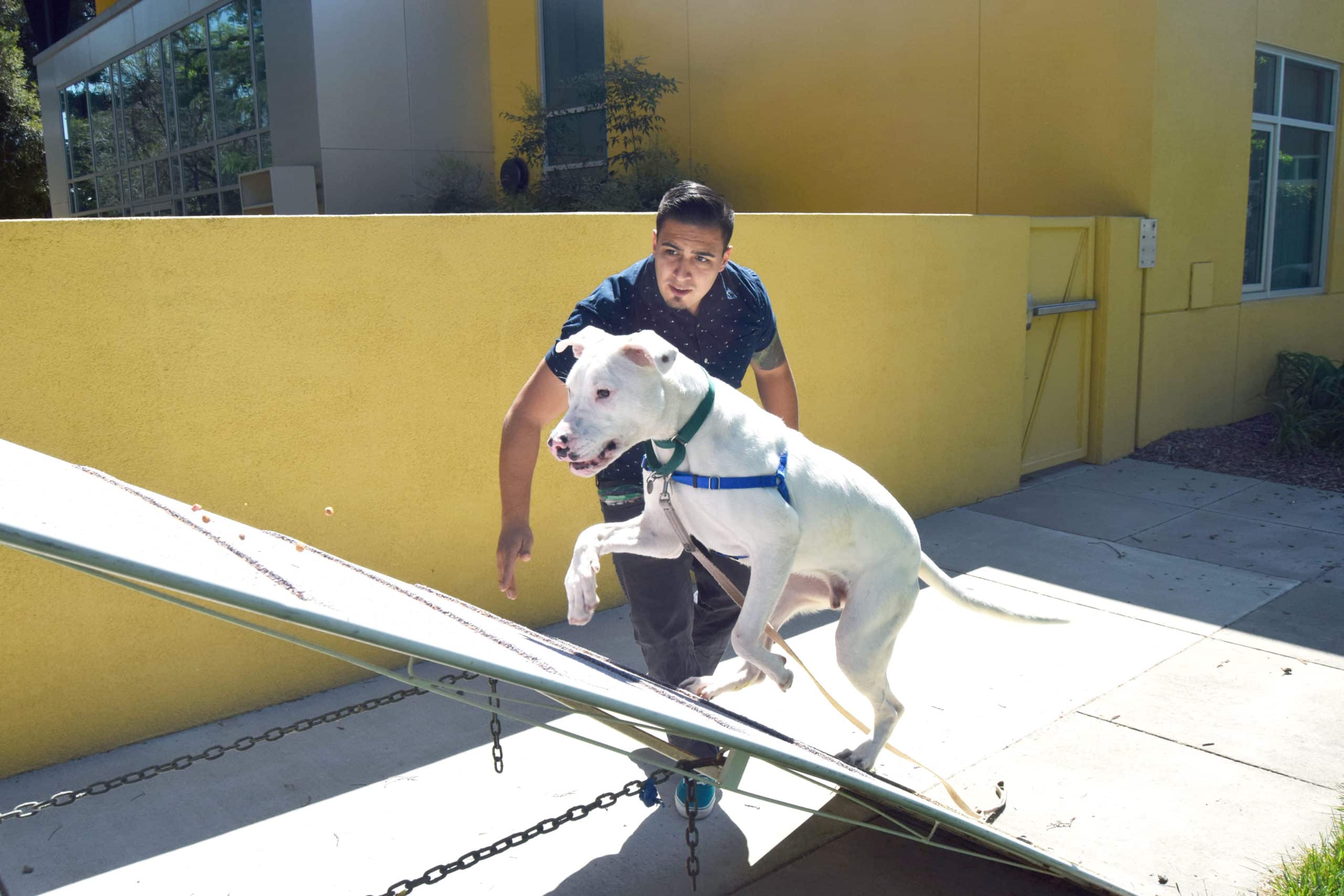This article is part of our series of informational tips for volunteer foster families.
Consider making a long-term difference through short-term care by signing up to foster animals in need.

Although most of our foster animals go up for adoption post spay/neuter, some animals return to foster care after their operation — whether that is spay/neuter, amputation, dental, etc. These notes are important to pay attention to for any animal that has gone under anesthesia and/or surgery!
What to Expect After Surgery
- The dog or cat may be groggy and lethargic up to 24 hours after surgery/anesthesia. This is a normal effect of the pain medication they were provided, but if these symptoms continue and the foster animal has not eaten after 24 hours, please let us know!
- It is important to monitor the foster animals’ food and water intake, bathroom activity, and behavior and report any concerning deviations.
- If your foster animal has been provided post-surgery medication, please follow directions provided on the label and give as directed.
- Restrict the foster dog or cat’s activity for seven days after their surgery. Reduce their options for running and jumping to the best of your ability. For a dog try leashed potty walks and lots of mental enrichment!
- Check the incision site until it is healed. A firm lump under the incision is a normal reaction to suture material and may last a few weeks. Draining, bleeding, extreme redness, or swelling should be reported to the clinic and foster department.
- Keep the incision dry for at least seven days post operation. Baths are prohibited for at least a week.
- Licking is the cause of most post surgery problems. If you notice your foster animal licking the incision, let the foster team and clinic know so appropriate next steps may be determined. An e-collar (cone) may be necessary and if provided for your foster, should be worn when you do not have eyes on them.
- Never give Aspirin or Tylenol to dogs or cats!



